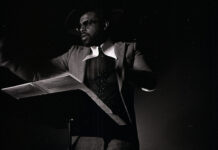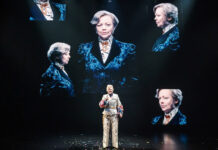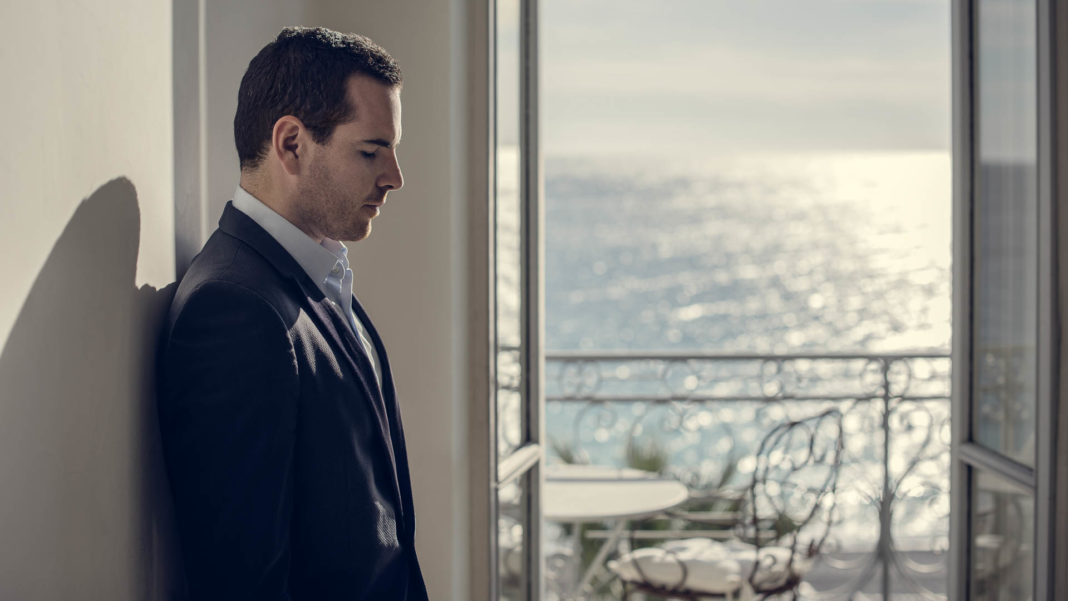Conductor Esa-Pekka Salonen saw something in then 21-year-old Lionel Bringuier when he named him Associate Conductor for the LA Philharmonic in 2007. Four years later, Gustavo Dudamel named him the first-ever Resident Conductor. Then the world caught on and by the 2012-2013 season, Bringuier was in demand conducting all over the world.
Bringuier returns to the LA Philharmonic for four concerts beginning tonight celebrating the music of Maurice Ravel and George Gershwin.
The program features two works by each composer. Gerswhin’s Cuban Overture and An American in Paris are joined by Ravel’s Valses nobles et sentimentales and the Piano Concerto in G. The soloist for the concerto is Hélène Grimaud.
When I recently spoke with Bringuier by phone, both he and Grimaud were in Dallas for a series of concerts. They are regular collaborators are you will see in our conversation.
How did this program come together and why?
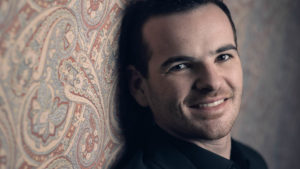
This is a big year for the LA Philharmonic with the centennial season. They wanted to have Hélène Grimaud performing Ravel. I feel lucky to accompany her on the stage. The orchestra knows that I love to perform Ravel. My last concert as Resident Conductor I conducted Ravel. It was nice to add Valses nobles et sentimentales. And we thought what composer to add and Gershwin came to mind to all of us.
Ravel met Gershwin in 1928. Is there anything we can hear in Ravel’s work that gives us an idea of the influence Gershwin may have had on him?
It’s more obvious in the Piano Concerto for the Left Hand which has real jazz, but already in the Piano Concert in G you can hear that. At first he called this piece Rhapsody Basque. We know his influence from the Basque country and Spanish music. For the slow movements he was inspired by Mozart and by Saint-Saëns.
Conversely, what influence of Ravel can we hear in Gershwin?
We can always hear some similarities of composers at that time if we look at Ravel and Debussy and Saint-Saens. They were always influencing one another, but I like to see Gershwin as an American composer.
Ravel said, “Personally I find jazz most interesting: the rhythms, the way the melodies are handled and the melodies themselves.” How much did Ravel embrace jazz within his own works?
It is about finding the rhythm and its link to melody and harmony. Obviously in Valses, the first introduction of the theme, the very rhythmic introduction, it’s something we can feel. It has already been important to hear.
You perform regularly with Hélène Grimaud. What makes your collaboration unique?
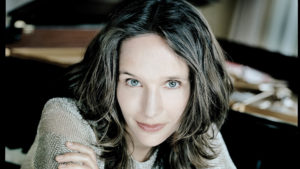
One of the things that is most amazing when I’m with Hélène is we never talk before we play with the orchestra. Sometimes I have a soloist and conductor meeting to talk about the music and the interpretation. With Hélène, it’s so natural that we’ve never had to meet. We play it just like chamber music. I play with her a really demanding piece like the Brahms Piano Concerto and we just meet on stage directly with the orchestra and it clicks very easily. She considers the orchestra and the conductor as her partner.
When you regularly perform a piece of music, how important it is for you as a conductor to say something new about the piece? Or even make a new discovery that keeps you interested?
If it is a piece I have done already or recorded, like Valses nobles, every time I open the score I try to feel it like it was new. I always discover new things. Sometimes we feel also a tempo difference between the last time we did it and the next time. We always bring personal things and feelings. But the most important thing is to go back to the score and the presentation becomes more personal.
What is the effect of Ravel and Gershwin’s music on your personally, the Philharmonic players and ultimately the audience?
If you take the slow movement of the piano concerto, Ravel manages to have, in a short period of time, all of the emotions of human beings. If you look at the G Major slow movement, it is very soft and meditative and we can feel this in the hall. Everyone gets very quiet. Then within less than one second we play toccata to fast movement. Then we have only four chords and it is very loud and filled with enchantment and joy. That’s indeed the effect and probably it was on purpose that Ravel did it.
The same with Gershwin. I don’t know if it is because I lived in Paris, but I can feel very clearly what he had in mind – the spirit of Paris and the taxi horns. We always hear people honking in Paris and the agitation you have in the city all the time. I think he was amazed by that and it’s clearly in the music.
Do you still get excited when you take to the podium?
I’m always excited to conduct and make music. Last time in Washington I did Petrushka, a piece I’ve done now more than 50 times. I was excited to conduct it – like it was the first time. The only thing that changed is I’m more comfortable with the technical challenges. The beauty of the music still gets me excited. An American Paris, that music is exciting. I can never be bored. It’s just a joy to do this in the United States.
For tickets to one of the four performances, please go here.
Main Photo courtesy of the Los Angeles Philharmonic


